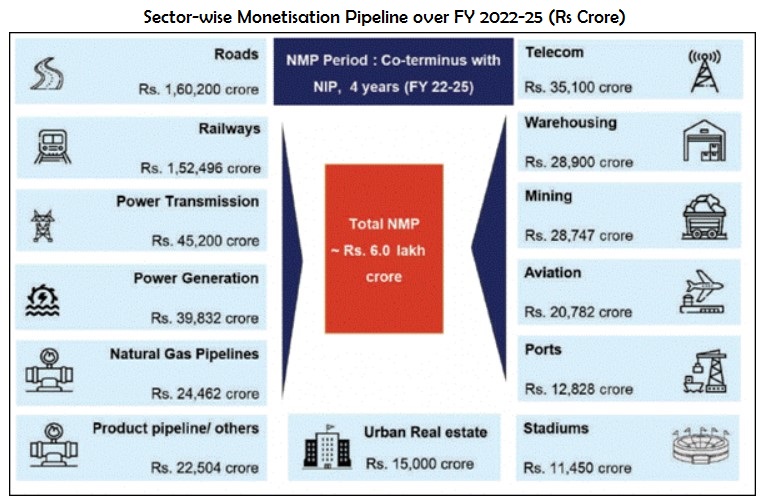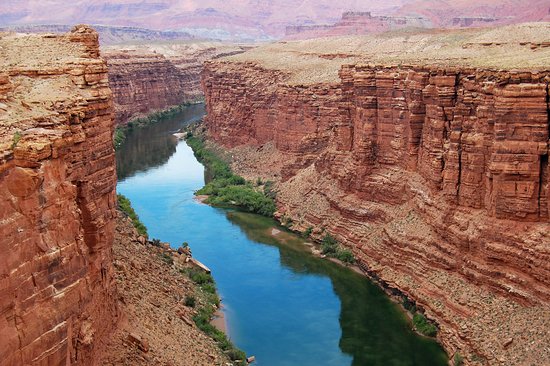Government of India has recognised the reserve forest area on the fringes of Nagarjunasagar Srisailam Tiger Reserve (NSTR) as an Eco-Sensitive Zone (ESZs).
This asset monetisation pipeline of Central ministries and public sector entities has been launched by the Ministry of Finance.
Asset monetisation is a funding mechanism, based on the philosophy of Creation through Monetisation, aimed at tapping private sector investment for new infrastructure creation.
NMP estimates aggregate monetisation potential of Rs 6.0 lakh crores through core assets of the Central Government, over a 4-year period (FY 2022 to FY 2025).

India’s ranking in the GHI has improved consistently over the years.
|
Indicators |
Definition |
Calculation |
Indicator Reflects |
|
Under nourishment |
People whose caloric intake is insufficient |
Share of the population that is under nourished |
Inadequate food availability |
|
Child Wasting |
People who have low weight for their height |
Share of the children under the age of 5 who are wasted |
Acute under nutrition |
|
Child Stunting |
People who have low height for their age |
Share of children under the age of 5 who are stunted |
Chronic under nutrition |
|
Child Mortality |
Mortality rate of children |
Mortality rate of children under the age of 5 |
Both inadequate nutrition and unhealthy environment |
Japan Aerospace Exploration Agency (JAXA) has planned to bring soil samples from the Mars ahead of the US and China.
JAXA mission is based on the fact that any life forms that may have come from Mars will have died because of harsh solar and cosmic radiation on Phobos.
But, NASA and the European Space Agency missions focus on potential life forms and evolution of the Jezero crater, an ancient Martian lake.
A new study comes closer to solving a puzzle called the "Great Unconformity" of the Grand Canyon.

Source: PIB, The Hindu, The Indian Express, Science Daily, Science Direct